This is a report on a compliance audit of the SBFEP in the Sunshine Coast Forest District.The audit examined the activities of the Sunshine Coast SBFEP in the areas of operational planning (including forest development plans, silviculture prescriptions, and logging plans); timber harvesting; road construction, maintenance and deactivation; silviculture and fire protection. These activities were assessed for compliance with the Forest Practices Code of British Columbia Act and related regulations (the Code).
Before completing this report, the Board considered written representations from the Sunshine Coast Forest District and the Coastal Fire Centre, as required under section 182 of the Forest Practices Code of British Columbia Act. The Board also considered the Report from the Auditor along with supporting audit evidence.
Gun Lake is a 530-hectare lake on the eastern side of the Coast Mountains, approximately 100 kilometres west of Lillooet. Proposed logging close to Gun Lake raised concerns with the Gun Lake Ratepayer’s Association (the complainant) about impacts on the visual landscape and water quality.
In 1993, Ainsworth Lumber Company (the licensee) proposed cutting permit 143 for a cutblock on the northwest face of Mount Zola, at the southwest end of the lake. A unique feature of the area is a layer of volcanic ash soil. The thin ash layer is the reason for much of the concern about the potential impacts from harvesting in the area. The complainant was concerned that the ash would be easily eroded following harvesting and that this would result in visible scars on the landscape and the transportation of sediment into Gun Lake, the water source for the residents.
In August 1999, two residents of the Sunshine Coast complained that forest practices in operational plans approved by the district manager of the Sunshine Coast Forest District (the district) did not adequately protect the habitat of mushrooms in mature forests. They believed that an approved road and cutblock in the Mount Elphinstone area, between Sechelt and Gibsons on the Sunshine Coast, would eliminate mature forest habitat that supports many species of mushrooms.
The complainants were also concerned about the effects of the road construction and timber harvesting on dead trees and stumps scattered throughout the area, which are used by wildlife such as birds and small mammals. Snags are important for wildlife, particularly for birds that nest in cavities or feed on wood-boring insects. The complainants were concerned that snags would be removed by road clearing and clearcutting. The complainants also believed that cavity-nesting species would be more visible to predators near new forest openings.
On July 2, 1999, the Board received a complaint from a Powell River resident about a trail leading to Hurtado Point, near Lund, in the Sunshine Coast Forest District.
Section 102 of the Forest Practices Code of British Columbia Act (the Act) requires a person to obtain the consent of the district manager before constructing, rehabilitating or maintaining a trail on Crown land. The complainant was aware that a group of people had recently improved the trail to Hurtado Point without approval from the district manager, and that the district was investigating this possible contravention of the Code. Based on a newspaper article and discussions with those who cleared the trail, the complainant felt that the work done on the trail was minor, and did not require the consent of the district manager. Ministry of Forests district staff disagreed. The complaint stated that the Ministry of Forests appeared to be misinterpreting section 102
Durieu Ridge and Pattison Creek are located in the Hatzic Lake watershed, northeast of Mission, in the Chilliwack Forest District. The area has a history of landslides and flooding, caused both naturally, and by past logging and road building activities.
On October 26, 1998, the Board received a complaint about proposed clearcut harvesting on Durieu Ridge and in the Pattison Creek watershed. The complaint stated that the district manager had approved clearcut logging despite the fact that terrain stability reports indicated that the area is unstable. The complainant also questioned whether the proposed logging was advertised properly to the public since she did not know about it until after a timber sale license was approved in July 1998.
